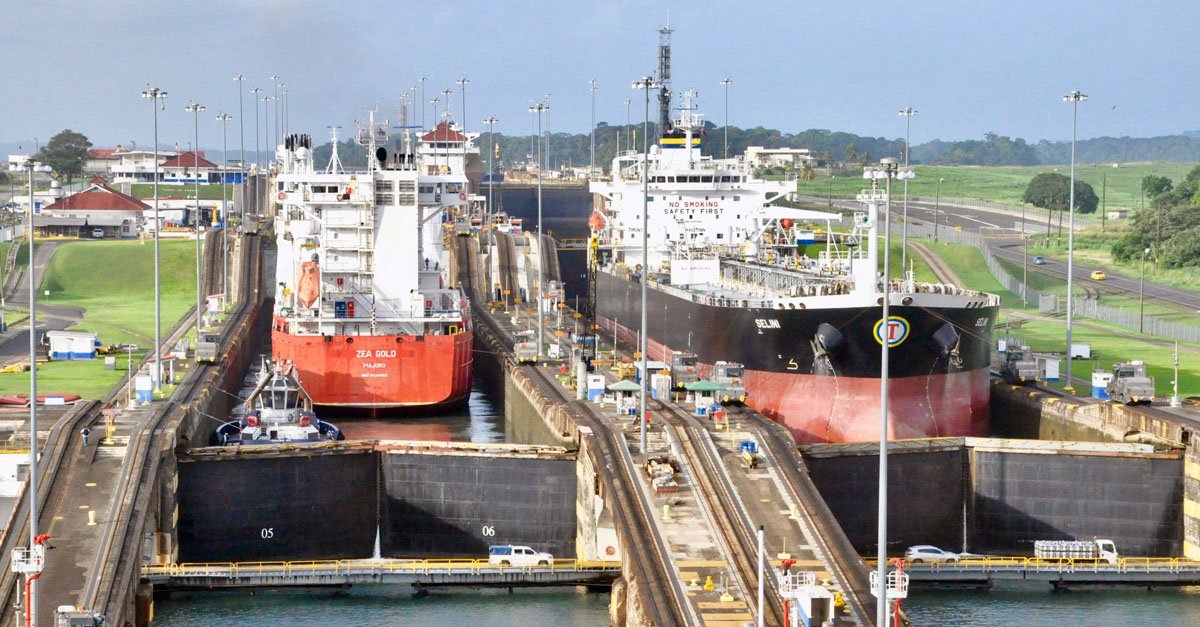What is Project Finance

Pproject Finance is a legal figure that allows the financing of a project through the cash flows that such project will generate in the future. The financing of these operations is supported by the same project assets, from fixed assets and machinery to future economic exploitation rights.
Through Project Finance, the construction of large infrastructures is carried out, especially in the field of power generation, transport or telecommunications, as well as hospitals and schools. Its flexible nature allows its application to multiple areas, since it is not restricted to a specific jurisdiction, promoting the cooperation of various international actors.
History
This legal technique became popular in the 1980s in the European and North American capital markets, and was refined in the following decade in projects in the Middle East, Latin America and Asia. In recent years, Project Finance has faced challenges such as the impact of the 2007 crisis and the new post-Basel III liquidity requirements. In any case, they have not been a limitation for the participation of Spanish companies in this type of project. Faced with the national crisis in the sector, the large construction companies decided to look beyond our borders, using the Project Finance model in projects as popular as the expansion of the Panama Canal or the works on Ave Medina-La Meca.
It may interest you:”Use license and provisional works”
Parties involved
A Project Finance operation begins with the constitution of a holding company, or “SPV” (“special purpose vehicle”), in which the promoters participate , builders and operators, who will be the owner of the assets and liabilities of the project. Thus, the liability of the participants in the operation with respect to financial institutions is limited, since the borrowing party is for all purposes the SPV. The SPV will also be the taker of the rest of the contracts: construction, supplies, operation, maintenance, among others. The participation of the partners in this company is implemented through a partners agreement. Frequently, the SPV is constituted according to the jurisdiction of the state where the project is carried out, and that a local partner participates in it.
The SPV is meant to work with the other parts of the operation. In the first place, a client, private or public, decides on the need to carry out a project like the ones described above. The client will commission or tender such project to receive offers from various promoters. These will present several proposals, against which the client will choose the one that best suits his interests or will be awarded following the relevant procedure.
The entity playing the role of client can also be the promoting party. The promoter is in charge of the initiation, development, completion and active management of the project. The promoter usually joins other builders, suppliers and operators, who will have their participation in the SPV and who will form part of the consortium, achieving the optimization of the operation through a distribution of work.
Outside the consortium are the financial entities, which will provide the leverage to start the operation. Generally, financial companies do not contribute all of the initial resources, but the consortium is expected to contribute a percentage, between 40 and 20% of the operation. Financing can take the form of a line of credit, loan and securitization, being able to combine these forms for the different tranches of financing. In any case, the financing in these projects is of limited recourse, since in the event of non-payment financial entities can only claim against the SPV and not against the companies that support it.
Other notable participants in the operation are state agencies and insurance providers.
It may interest you:”The legal responsibility of the Project Manager”
Risk management
The risk factor of cost overruns, non-payments and delays of these transactions is modulated through the use of turnkey contracting, through the which the builder undertakes to deliver the work ready for exploitation on a specific date in exchange for a fixed price. This contractual modality entails a higher price than a work contract to use, but it guarantees that the exploitation can begin in the agreed time and manner. This nature is especially relevant for these projects, which can range from 5 to 20 years in duration, as it guarantees that the credit will begin to flow back to the lender in accordance with the agreed terms.
Events of force majeure, whether physical, health or political, are managed through the signing of insurance contracts and an exhaustive due diligence . Finally, the variety of actors and currencies involved in transactions, added to a high international component, and the uncertainty in the face of possible financial risks such as changes in the exchange rate, interest rate or inflation are covered by coverage insurance. The policyholder of these insurances is obviously the SPV.
Relevant documentation
The contractual documentation of these projects, characterized by a plurality of parties and commercial benefits, tends to be very extensive and complex. For this reason, the Anglo-Saxon practice of negotiating through term sheets or “term sheets” has been adopted, as a step prior to the drafting of the various contracts. Through the “term sheets” the parties can negotiate in a more agile way, establishing their commitments in a schematic way, so that the legal effort to collect them in a contractual manner is reserved for a later moment. This model agreement that requires the intervention of your legal advisors from the first steps of the operation.
Thus, the project begins with the “term sheet” provided by the financial institutions, which details the credit conditions and the guarantees that will support the financing. The SPV shareholders’ agreement is also of special relevance, as it will detail important aspects such as decision-making within the SPV and the eventual capital contributions that the parties must make if necessary. Finally, the construction contract is signed, generally under the aforementioned “turnkey” modality described above. The scope of the constructor’s services will depend on the contractual variant chosen, with EPC (“Engineering, Procurement, Construction”) being especially prominent. Subsequent contracts for the exploitation of the work once it is finished, such as the O&M (“Operation and Maintenance”) usually also resort to negotiation via “term sheet”.
It may interest you:”Lawyers specialized in the construction industry construction”



















